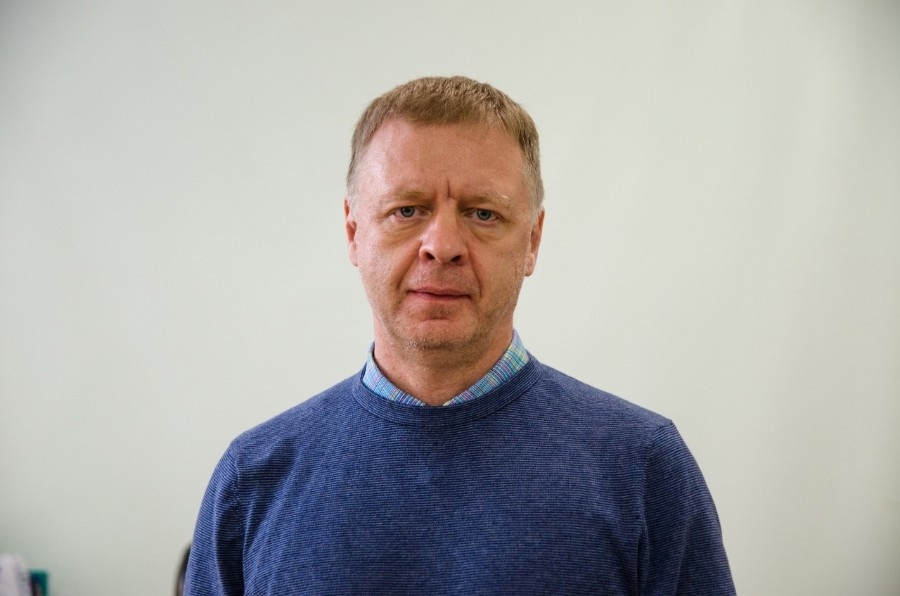SUSU scientists have presented and theoretically substantiated a method of optical generation of large‐amplitude Schrödinger cat states (more than 5 states) – a new unique class of non-classical states of the electromagnetic field. Such states can come in handy when performing certain types of quantum calculations, and/or can be used for building precision (quantum) sensors. These results, published in the specialized edition of the Nature journal, will be in demand both for elaboration of the proposed theoretical methods of description of non-classical states of light and for experimental developments – in the search for optical tooling in the rapidly developing field of quantum technologies.
Such states have been studied by the quantum optics for quite a long time now. Researchers continue the search for generation of those states in the large‐amplitude mode. The interest in these states is sparked by their special status in the quantum mechanics world, as well as by the possibility to create an efficient multipurpose optical quantum computer based on these states thanks to their specifics of modification by linear optical elements.
This field of study gives a chance to plunge into new technological possibilities, which quantum optics can provide, as compared to the already well-explored optical quantum processing of information based on one or two photons.
“To a certain extent, our technology may resemble the boson sampling (a non-multipurpose optical quantum computer), which is being rapidly developing all around the world today. Naturally, in our case, as of yet we cannot speak of the quantum superiority or creation of a multipurpose quantum computer, but all things considered, this new type of quantum calculations requires neither gate architecture, nor cluster multinode state and other already known-of technologies. In a great measure, it already exceeds the boson sampling since even a slight sophistication of the initial optical circuit (adding new optical elements, new input states) helps dramatically increase the number of the calculated analytic functions,” explained Deputy Head of the Quantum Engineering of Light Laboratory of SUSU, Doctor of Sciences (Physics and Mathematics) Sergei Podoshvedov.

In order to achieve the set task, that is to theoretically substantiate the method of optical generation of Schrödinger cat states, the scientists used the methods of linear quantum optics, which allow to trace the evolution of a quantum system before it is measured. These optical technologies are available and can help to even visually trace the evolution of the quantum system on optical table.
The next goal is to test the results using experimental equipment since experiments help theoretical ideas and approaches become closer to practice and implementation. To perform the experiments, scientists need the whole range of tools used in modern quantum-optical research, from lasers and optomechanical components to precision sensors that can detect one-, two-, and multiphoton elements in light fields.
“Doing research on quantum technologies, it’s crucial to build “bridges” to consistent experimental implementation of the proposed theoretical ideas and approaches. That’s why one of the goals set before the Laboratory is the testing of such results using experimental equipment. We pay huge attention to this aspect. By the way, it’s more or less obvious that to do this, we need to engage highly qualified specialists, skilled both in theory and in experiments. So, a no less important task, and therefore, a planned result, will be the training of students and postgraduates (first and foremost, those studying at SUSU) who are involved in the works at the Laboratory,” shared Head of the MSU Quantum Technology Centre, Head of the SUSU Quantum Engineering of Light Laboratory, Doctor of Sciences (Physics and Mathematics) Sergei Kulik.

This research has been conducted under the mega-grants program (Resolution No.220 as of April 9, 2010). In July of 2023, the Quantum Engineering of Light Laboratory will celebrate its first anniversary, but already today it has built the collaboration with such leading centres as the MSU Quantum Technology Centre, ITMO University, St Petersburg University, and other institutions. The supervisors of this research, Sergei Kulik and Sergei Podoshvedov, stress that the main task for today is to engage people and form a team of like-minded specialists, who will be able to use the whole range of tools required for developing and moving forward – both in theory and experiments.
South Ural State University is a university of transformations, where innovative research is conducted in most of the priority fields of science and technology development. In accordance with the strategy of scientific and technological development of the Russian Federation, the university is focused on the development of big scientific interdisciplinary projects in the field of digital industry, materials science, and ecology. In 2021 SUSU became the winner in the competition under the Priority 2030 program. The university acts as a regional project office of the World-class Ural Interregional Research and Education Centre (UIREC), which is aimed at solving the tasks of the Science and Universities National Project.




